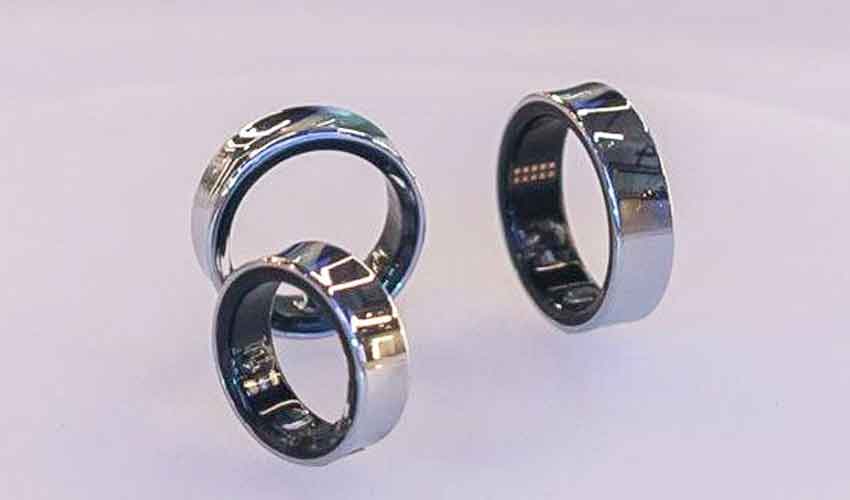Samsung Electronics has made ripples in the IT industry with the launch of its latest product, the Galaxy Ring. This elegant, ring-shaped wearable device is expected to transform the wearable technology scene and drive Samsung ahead of its competitors, particularly Apple.
The Galaxy Ring, which made its debut at the prestigious Mobile World Congress (MWC) in Barcelona, Spain, on February 26, represents a significant advancement in wearable technology. While initially shown in acrylic for security concerns, Samsung intends to offer the Galaxy Ring to consumers within a year, promising a game-changing addition to its array of smart devices.
Samsung invested significant time and resources in its development, prioritizing design and functionality to ensure the Galaxy Ring provides unsurpassed comfort and performance. Compared to its Finnish rival,the Oura Ring, known for its bulky design, the Galaxy Ring boasts a sleeker profile, addressing concerns about comfort and wearability for daily use.
The Galaxy Ring is available in black, gold, and silver, as well as nine various sizes, to suit a wide range of users. With a focus on user experience, Samsung intends to provide a lightweight device that easily fits into customers’ life, even while sleeping.
The Galaxy Ring, which is equipped with cutting-edge sensors capable of measuring blood flow and conducting electrocardiogram (ECG) tasks similar to smartwatches, claims to continuously monitor critical health metrics such as heart rate and blood pressure. Samsung’s emphasis on precision and accuracy means that the Galaxy Ring can provide detailed health insights.
Samsung’s announcement of the Galaxy Ring not only cements its status as an innovator in wearable technology, but also puts the business ahead of its competitor, Apple, in the smart ring arena. While Apple has shown interest in developing similar devices and filed patents related to the technology, Samsung’s latest offering signals its commitment to staying ahead in the competitive tech landscape.







